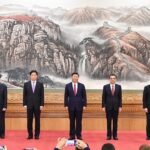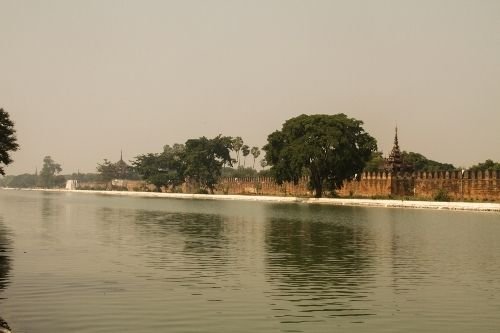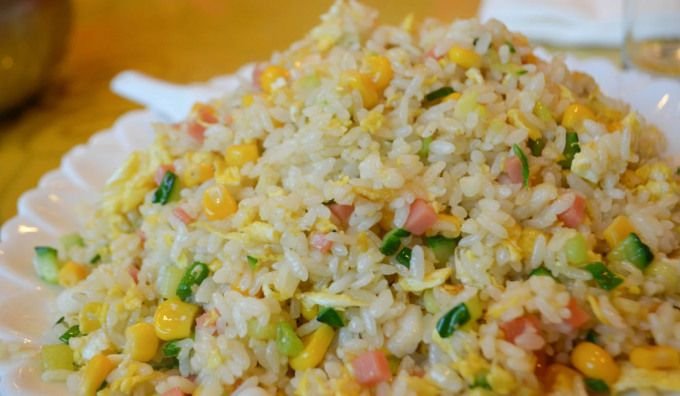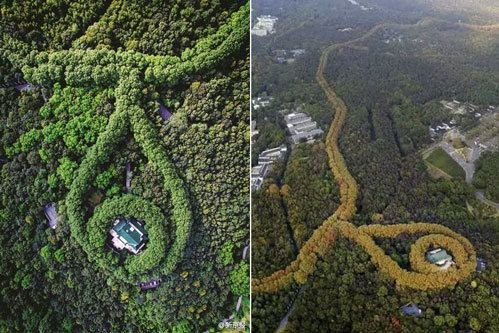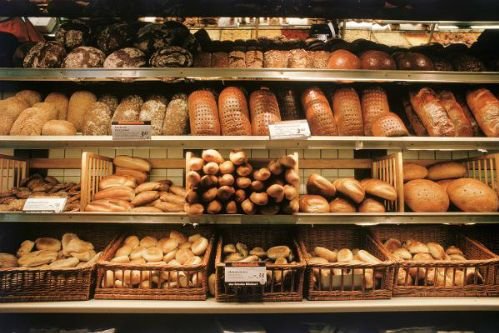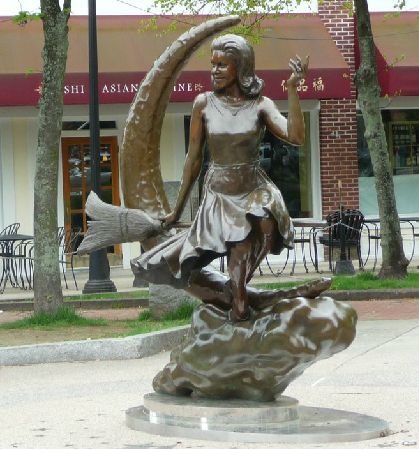Second largest after Yangon, Mandalay is a bustling commercial center and a repository of ancient Myanmar culture.
It’s not necessary to follow in the footsteps of the pilgrims, just spend a day exploring the city on your own.
Mandalay Palace and unique moat system.
First is the Mandalay Royal Palace.
The wooden palace was built in 1857-1859, when King Mindon brought the capital from Amarapura to Mandalay, based on astronomical calculations and auspicious omens right at the foot of Mandalay hill.
Although the entire inner palace was burned down by bombs during World War 2, the outer wall and moat system still exists today.

Passenger bicycles and motorbikes in Mandalay.
The next place is the traditional stone carving village of Kyauksittan.
In addition to stone bracelets or some interior decoration objects, the main product of the stone village is Buddha statues of all sizes from 12 cm – 12 m, supplied to the whole of Myanmar.
Spend an hour visiting the open market in the area, the most interesting thing is that the atmosphere is no different from an open market in Vietnam, if you don’t pay attention to the language difference.
Goods also vary from dry food to fresh food, from food and drinks to household appliances.
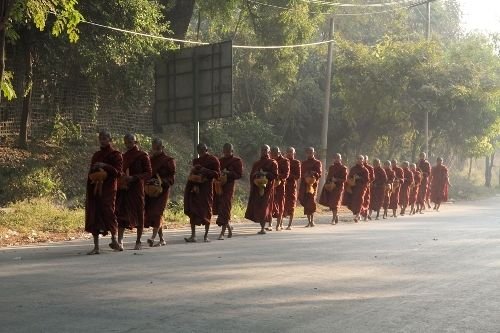
A group of young novices go begging for alms every morning.
But the most impressive thing here is that the image and spirit of Buddhism is present everywhere even without visiting temples.
It is no exaggeration to call this place a pilgrimage and learning center for Buddhists all over the world.

